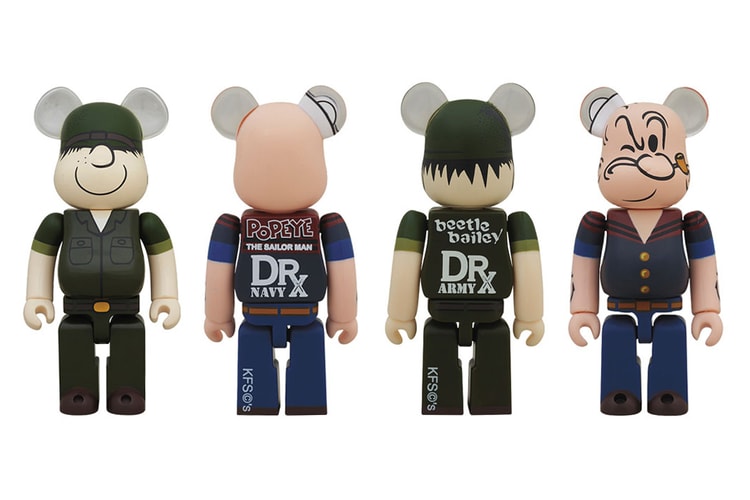oki-ni: E. Tautz 2012 Spring/Summer Collection & Interview
As ever with E. Tautz, the historical backstory of the collection is too rich and detailed to






As ever with E. Tautz, the historical backstory of the collection is too rich and detailed to adequately cover here. The key moment, however, came when E. Tautz’s Creative Director, Patrick Grant, heard the amazing story of Felix Carvajal, the marathon-running postman of Havana. From there, he went on to discover a series of photographs from the early Olympic games of the 20th century and was enamoured by the way the athletes mixed athletic-wear, university jumpers, overcoats, and any other miscellaneous items of clothing that happened to be laying around at the time. This laid-back attitude to tailoring resonated with Patrick and is something he seeks to reproduce with E. Tautz.
The presentation was held in a room at the suitably-opulent Savoy Hotel and afterwards oki-ni sat down with Patrick Grant to discuss the collection.
Last season you took colours from the Isles of Mull. What was the jumping-off point for this
spring/summer collection?
They were actually my prep-school rugby colours: bright blue, white, grey and navy. The collection
was very much inspired by sportswear. The trouble with the photographs from the era that we were
dealing with is that they were all black-and-white, so we had to take our colour inspiration from
somewhere and these colours work very well together.
We noticed a lot of linen in the collection. Why was that fabric appropriate for your purpose?
It was of that era. The whole idea with the collection was that we wanted it to feel informal. Back
to our references, they were just wearing stuff in an unfussy way and the cloth that we had in the
collection matched that. There was a softness to them and a texture that made them informal. A lot
of suits feel a bit stiff and linen helped present the “just wear it the way you find it”, kind of feeling.
Is it a happy accident that you have an Olympic-themed collection coming out for 2012 or was it a
shrewd business move?
It genuinely started with hearing this story that I really loved and I wanted to find pictures of this
guy. Then, in looking for the pictures, I came across all these pictures from that Olympics and
because that was the most photographed sporting event of its day, the archives are full of pictures.
The fact that we have the Olympics next summer certainly didn’t put me off the idea of doing it and,
if anything, it’s a nice tie between the two.
Tautz always prides itself in its unparalleled heritage in tailoring and sportswear, were there any
notable historically significant pieces in this collection?
The only one that has a very clear kicking-off point was probably the [bus] conductor’s coat, which
was just a really nice simple interpretation of a utilitarian garment and we wanted to show it in its
most straightforward light. But all of our pieces have little details here and there. The trousers with
the articulated knee, the tailored athletic pant, again came from images we found of guys from that
era wearing similar things.












